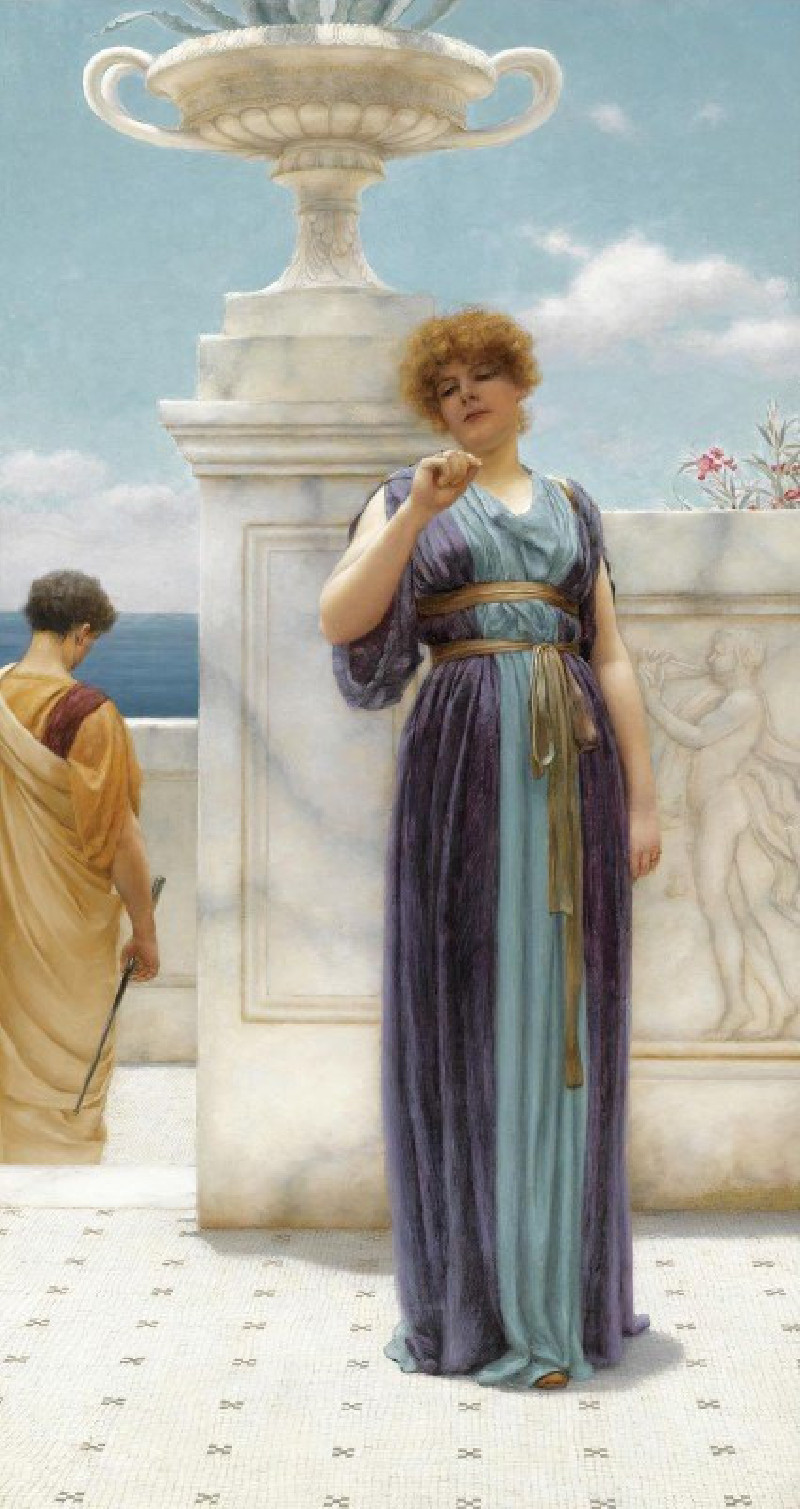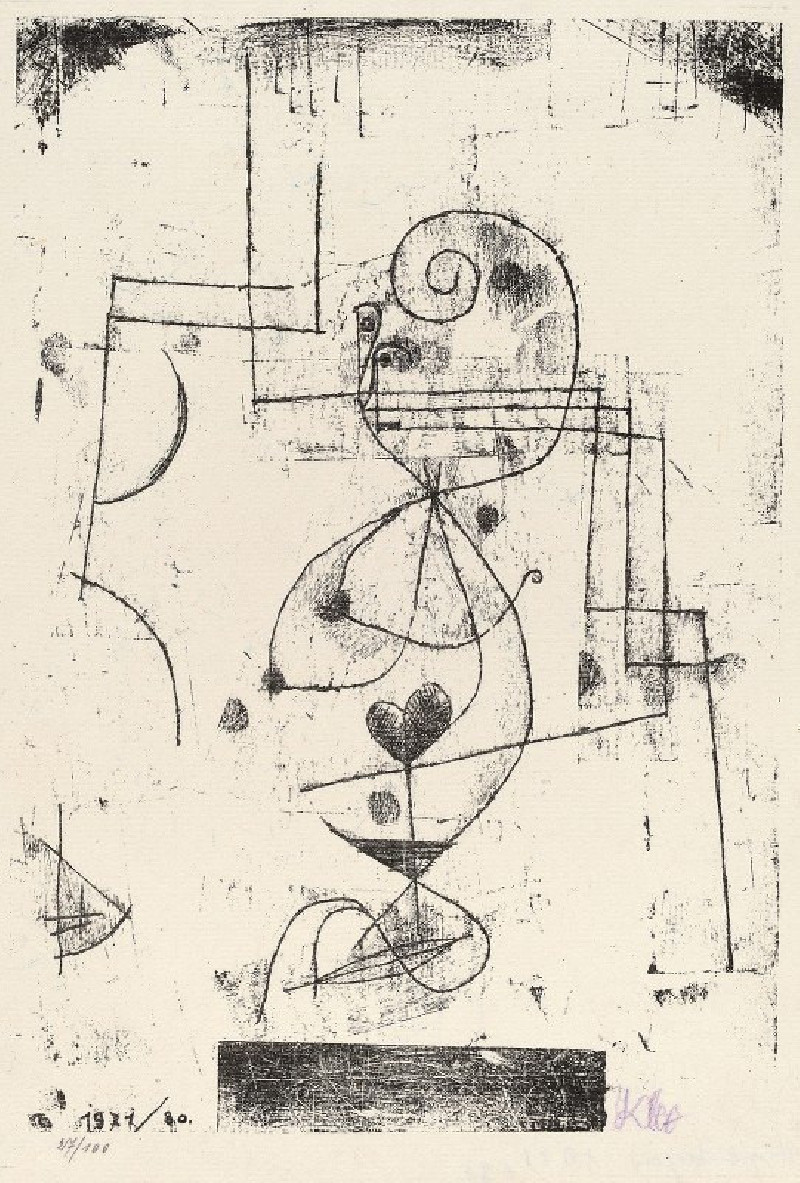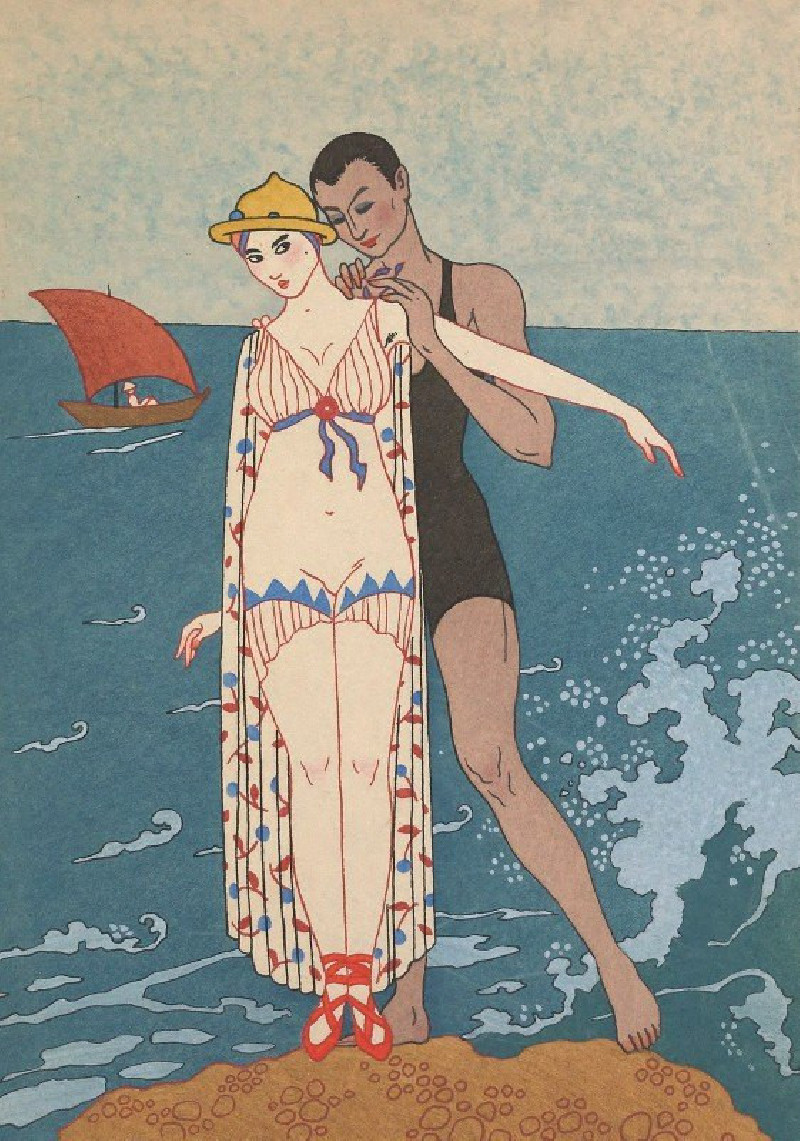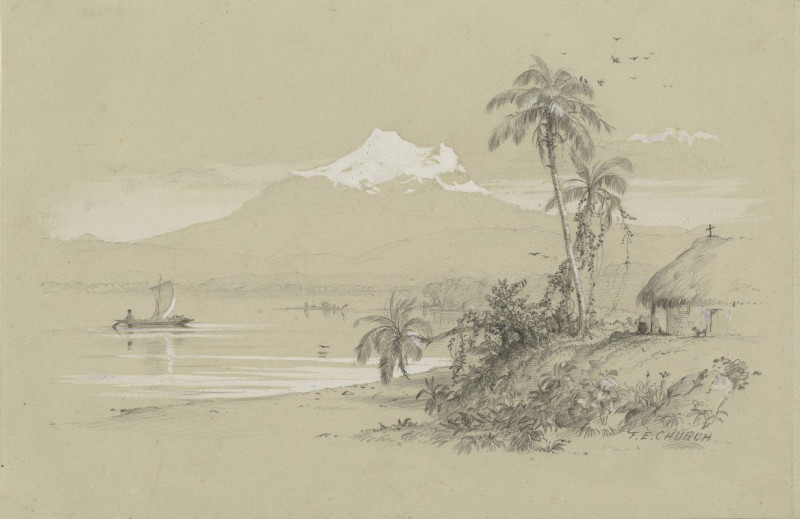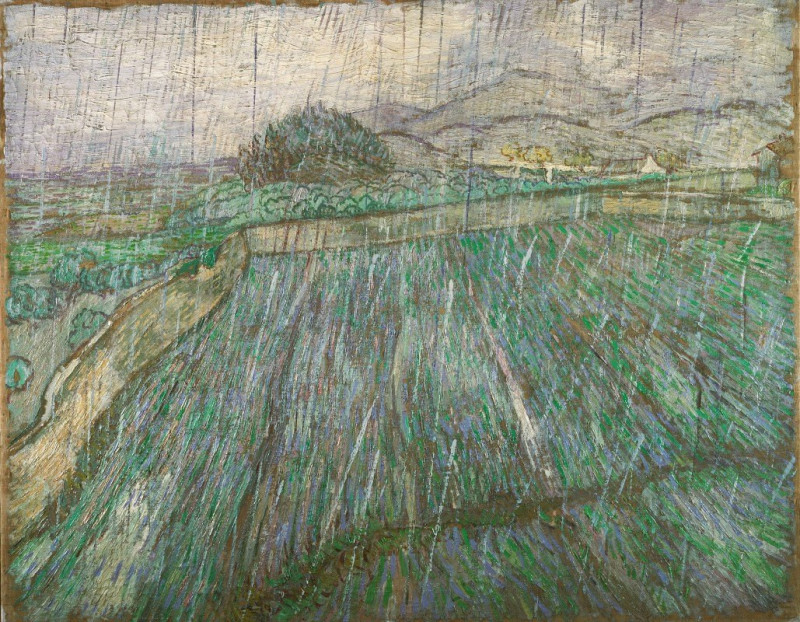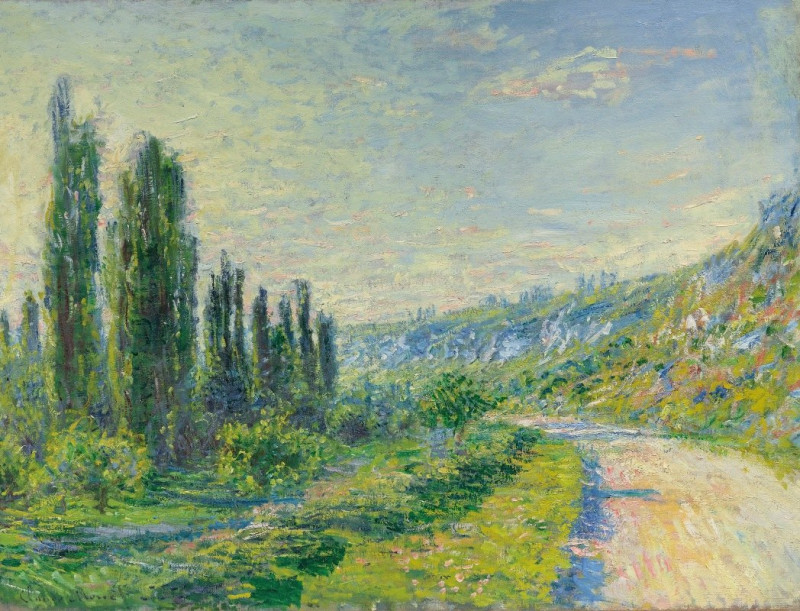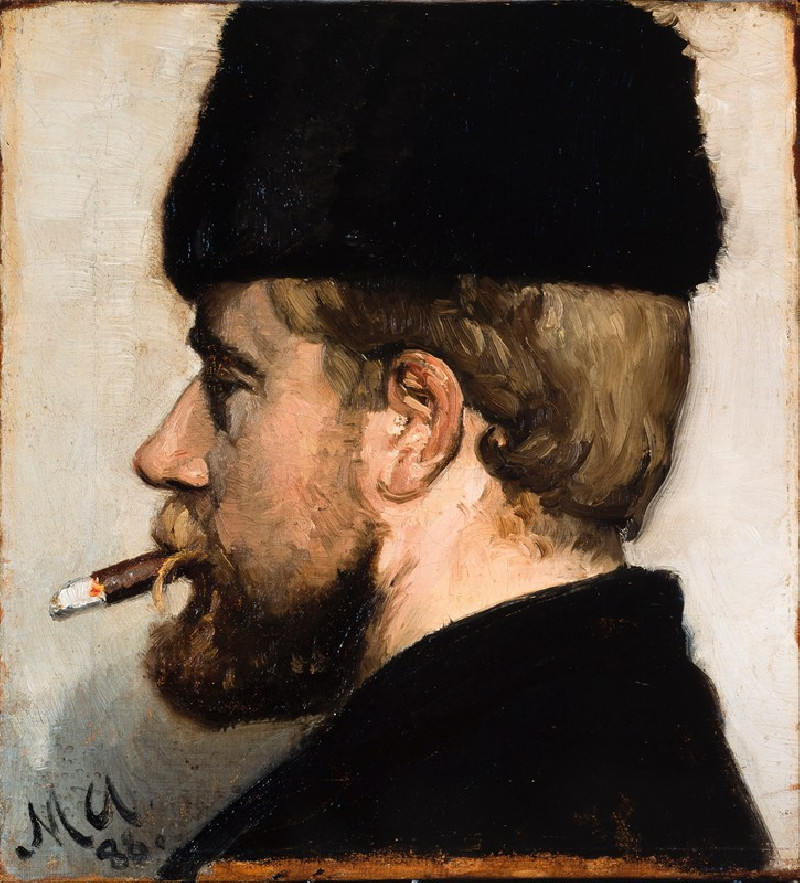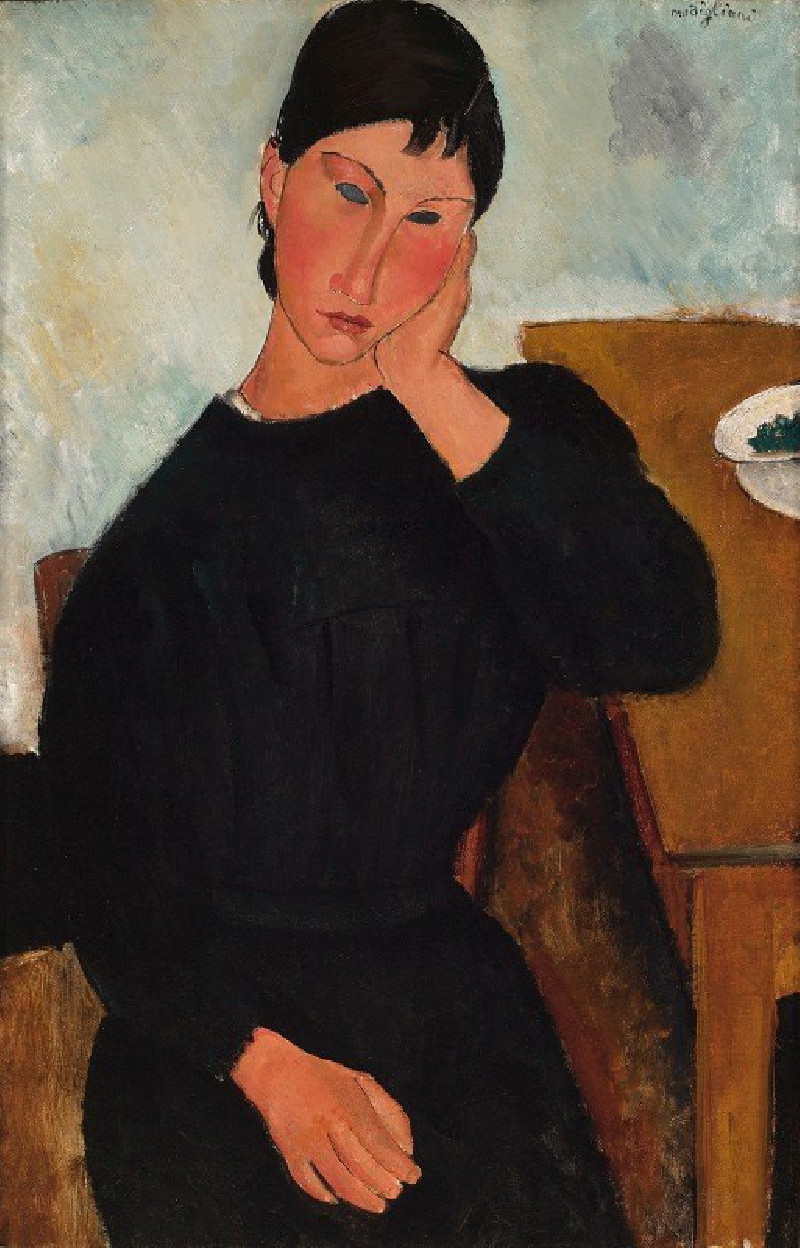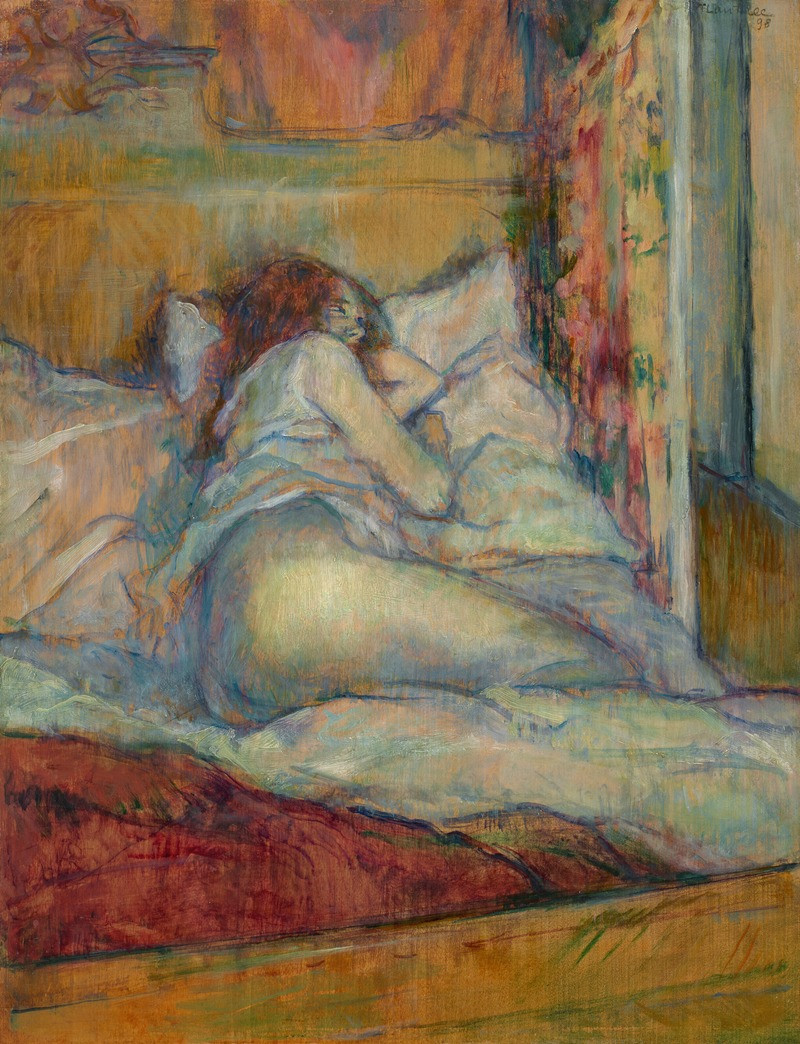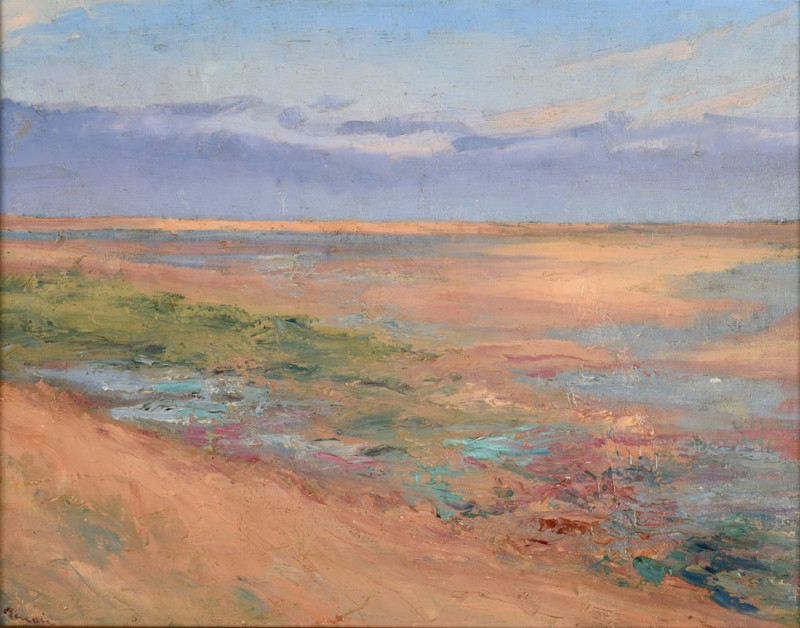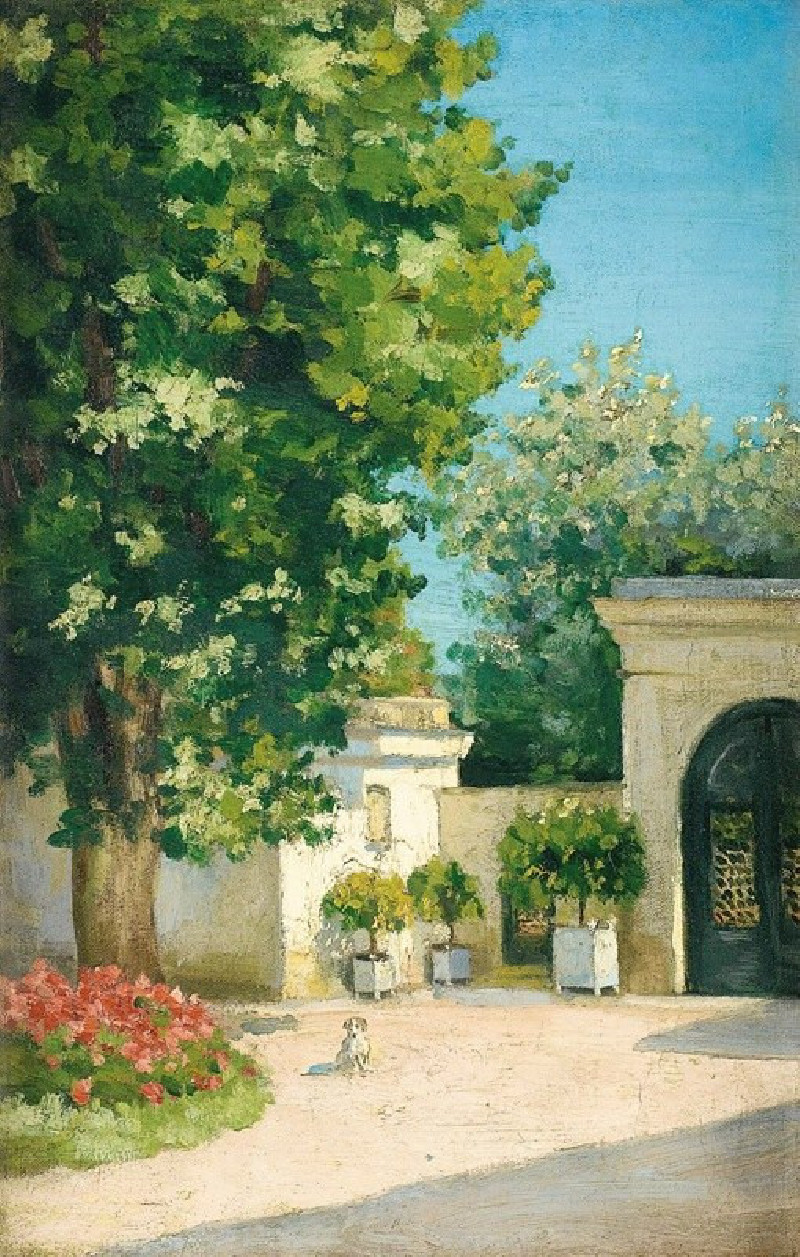Ascent of a Little Town (1930)
Technique: Giclée quality print
Recommended by our customers
More about this artwork
In the delightful and mesmerizing composition "Ascent of a Little Town," painted in 1930, Paul Klee invites the viewer to engage with an abstract and whimsical portrayal of a town climbing upwards, as if reaching for the sky or growing along the rise of a hill. The painting utilizes a vertical format which emphasizes the notion of an ascent, and the use of earthy and pastel colors intermingled with darker shades creates a vivid mosaic of building blocks.Klee, known for his profound sense of artistic play and metaphor, explores the theme of growth and organic development through the stacking of colored blocks that resemble buildings. The staggered arrangement of these colored blocks gives off an impression of houses and structures piled upon one another in a charming yet chaotic fashion, evoking the bustling energy of a small town on the rise.The texture and variety in the brushwork suggest a tactile quality, as if each block is palpable and crafted individually, contributing to the overall dynamism of the town's 'ascent'. This work, like many of Klee's, operates in a dreamlike space where the abstract and the representational merge, allowing each viewer to interpret the scenic arrangement differently."Ascent of a Little Town" not only reflects Klee’s unique style of blending color theory, abstraction, and figuration but also invites contemplation on growth, community, and the subtle beauty of urban landscapes merging with art. As we gaze upon this painting, we can almost imagine wandering through the little town's ascending streets, discovering its myriad of textures and hues.
Delivery
Returns
Paul Klee was a Swiss-born German artist. His highly individual style was influenced by movements in art that included expressionism, cubism, and surrealism. Klee was a natural draftsman who experimented with and eventually deeply explored color theory, writing about it extensively; his lectures Writings on Form and Design Theory (Schriften zur Form und Gestaltungslehre), published in English as the Paul Klee Notebooks, are held to be as important for modern art as Leonardo da Vinci's A Treatise on Painting for the Renaissance.
































